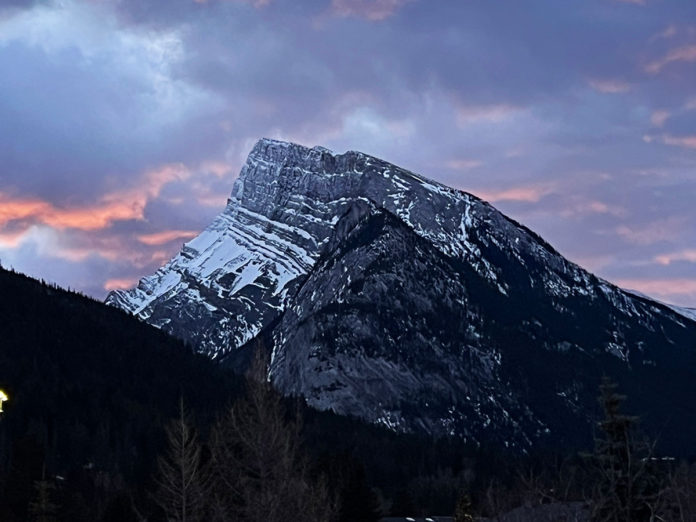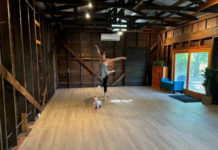A brief glimpse of the Canadian Rockies near Banff includes sharp jagged peaks and dramatic vistas. Although lumped together as the “Rockies,” the Canadian and American Rockies are quite different.
Let’s talk snow and ice. Colorado’s mountains have 135 permanent ice areas, with seven exceeding 25 acres. Alberta has 1,150 glaciers larger than 100 acres. Together, Alberta and British Columbia’s glacier count is over 17,000, according to Alberta Water.
Let’s talk orogeny. Recent science postulates the Canadian Rockies were formed 90-120 million years ago, compared to Colorado’s mountains forming 50-70 million years ago. New seismic tomography suggests an ocean plate on the western side of northern North America hit British Columbia with tremendous force, moving “faster” than the plate creating the U.S. Rockies.
Whatever caused these mountains, the scenery around Banff and Lake Louise is dramatic and worth a trip during winter, spring, summer or fall.
Fun facts: Orogeny refers to mountain building. Tectonic plates and orogenic forces were posited in 1912 by Thomas Wegener, a German geologist, geophysicist and polar explorer. His theory took about 50 years to be generally accepted.
Plate tectonics explains the orogeny of the Rockies, which occurred from a subduction zone. A subduction zone is where an oceanic tectonic plate slides under a continental plate—continental plates being “floatier.” The subducted oceanic plate pushes up from underneath, buckling and literally growing mountains inland from the subduction zone.
In times past, theodolites were used to survey only the land’s surface with rotating and tilting telescopes measuring vertical and horizontal angles. Now seismic tomography images landforms in the earth’s interior. First revealing oil and gas resources, tomography branched out to help distinguish rock types, giving scientists new views into old forms.
The Canadian Rockies were opened up by the Canadian Pacific Railway. Founded in 1871, the railway was surveyed and built in five years.









